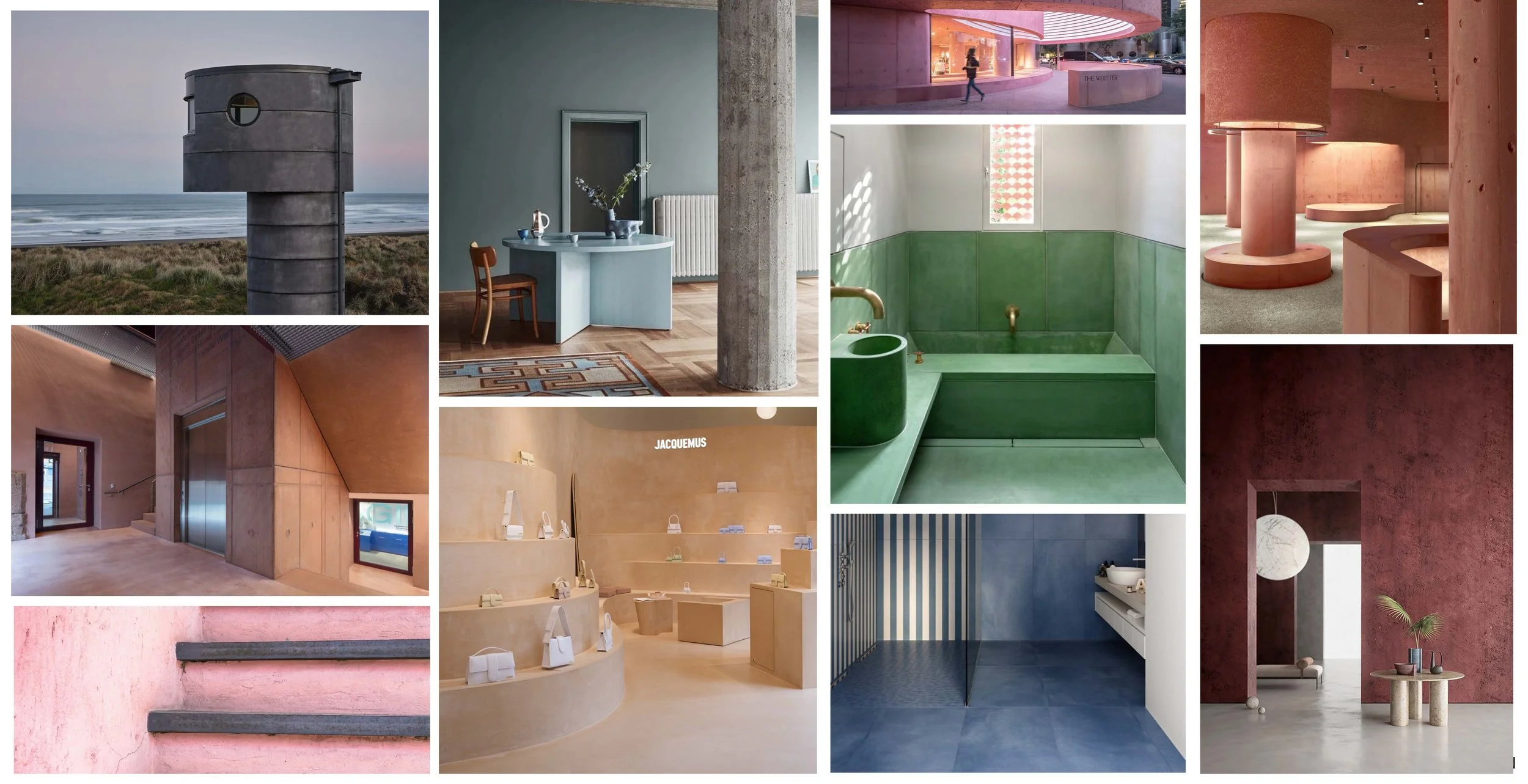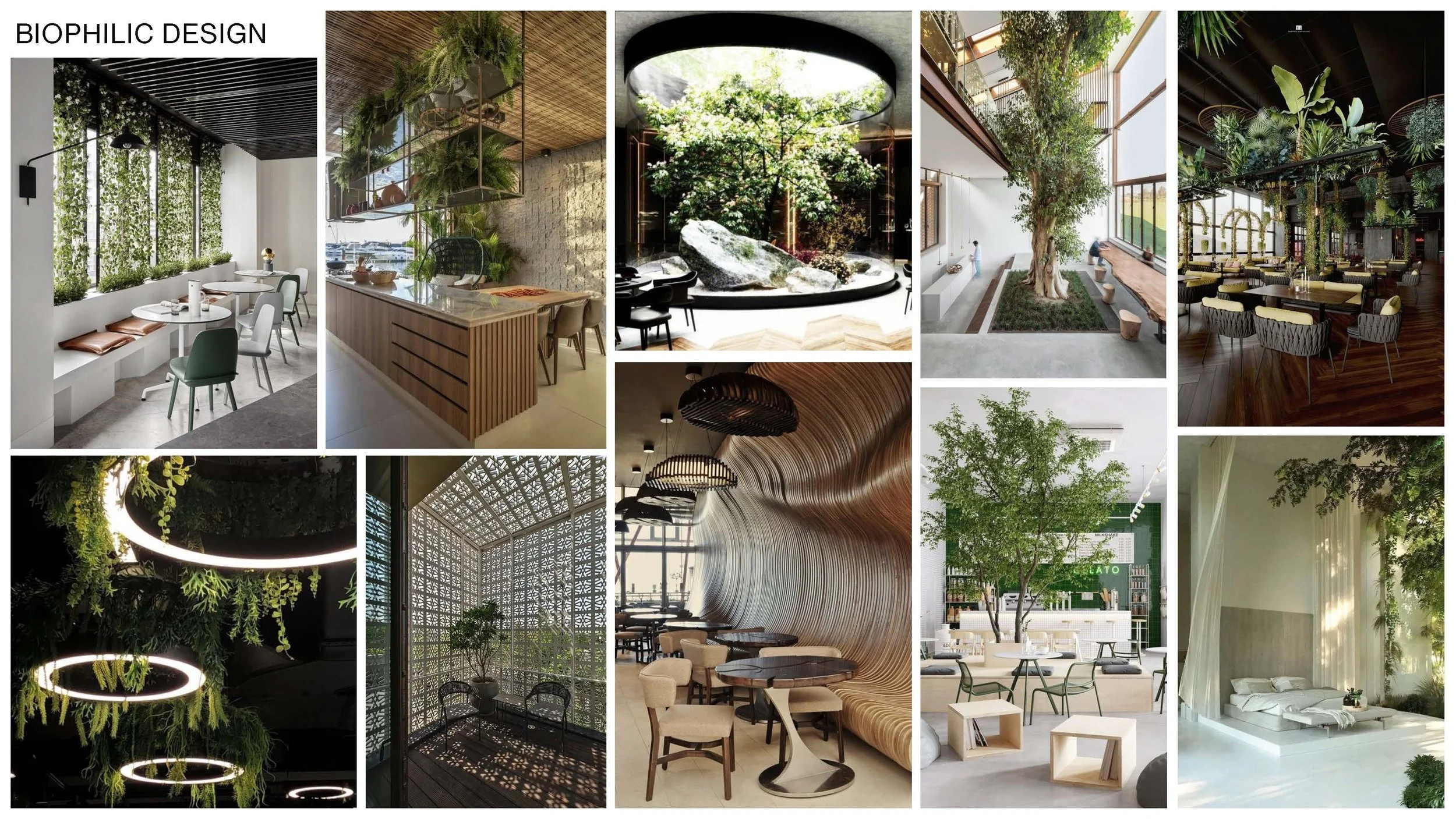What is Trending in Interior Design in 2023?
Boxx Design Director, Nicky Bagga, takes us through the key interior design trends which are likely to make their way into homes and commercial interiors during 2023, with an interesting insight into what is driving these emerging trends.
Although life seems to have gone back to normal for most people post pandemic, the effects of the pandemic over the last couple of years on design and the industries that we work within such as, retail, leisure and hospitality are drastic. While life has resumed in some shape or form its influence on design and home design, which isn’t really any different, is still a desire to try and cocoon ourselves in.
This has affected quite a lot, such as the rise of online ordering which means there aren’t as many people shopping in retail environments, and the way people shop has also changed. Similarly, when going out to eat and drink, we couldn’t do that throughout the pandemic, and so along with people getting used to eating at home, their desire for experience has changed. It isn’t just necessarily about the need to go out for a meal or to sit and have a drink with friends, today people have much higher expectations and they are expecting a lot more from their dining and drinking experiences.
The occasion for going out has also changed, so where you may get to the end of the week on a Friday night and go out with colleagues, or meet up with friends for a drink, the whole working from home means that Friday nights aren’t our usual Friday nights anymore. Things can happen on a Thursday, people will be working from home on Mondays and Fridays to maximise getting a longer weekend or being at home for a longer period of time, and this has changed when and how people go out.
In terms of design related trends rather than how people are using those spaces, the pandemic has basically meant a lot of people spent time staring at four walls, so the idea of getting that décor dopamine fix from external sources is prevalent. That is lots of colour, pattern, and tactile furnishings, to create almost an overload of the senses. People are looking for print and pattern, vivid colour and lots of brightness and vivacity to help evoke feelings of happiness. This can be seen in maximalised colour, with not just the walls being painted in a colour but lots of feature elements in that room such as furniture or lighting in a similar tone, with people using spaces as forms of escapism essentially.
Secondly, there is a massive trend towards the return of 70s style which has already been seen in a lot of interior magazines, so it harnesses the popularity of mid-century modern and a continuing love of vintage, which has been prevalent in the last 10 years or so of interior design. It pulls in key 70s aesthetics, which can be seen in colour choices, so lots of brown, gold, and warm red clay tones, as well as in softer shapes such as relaxed style seating designs with lower more comfortable aesthetics, again with a cocooning effect that ties in with creating a happy, chilled out 70s vibe. Lots of customers are opting for deeper seats, more plumped up cushions and plush fabrics like velvet, all of this comes through in the 70s theme.
In the last two elements I have used the word cocooning twice, but that is the key feature of the third trend, which is described as ‘Comfort Core’. This is about reassurance and respite, so calming textures, cocooning furniture and finishes, rounded forms, and soft, plush textures. The difference between this trend and the last two is colour, with this trend being very neutral, very whisper soft and very mellow in terms of colour, so neutral beiges and the furniture and fittings tend to be softer more natural materials. Again, a lot of this comes from how people have been feeling coming out of the pandemic. For example, the fashion industry has seen a rise in lots of tracksuits and loungewear as outerwear, and in terms of interior trends whether in the house or within an F&B setting, the sway has very much been towards comfort, relaxation, and tranquillity.
The fourth trend is almost an ongoing trend, as heritage has been around and kind of run through themes for a number of years now with traditional detailed designs. It is fuelled by a couple of things, such as a shift towards more sustainable living which looks at repurposing existing items rather than consuming new all the time. It’s also a refocus on the value of things and not wanting to be constantly consuming, there is a real love of where we have come from and not wanting to lose traditional craftmanship. This trend focuses on highly detailed designs and symmetrical lines, which is a natural progression from the mid-century trend to almost the complete opposite. There is lots of detail, lots of embellishment and after the pandemic there is a desire for many to have a luxurious interior with less utilitarianism.
The next trend is almost an evolution of biophilic design as interiors have increasingly been inspired by nature and greenery in recent years, with the evolution of this being biodynamic design, particularly in lighting. We are looking at where we use artificial lighting within an internal space, and how we can replicate daylight as much as possible. There is a big push in interiors to use external spaces and to help make internal and external spaces flow as a larger, greater area. This not only makes the space more usable, but it means you can take external elements and bring them within the interior, so lighting design is a real key focus
Finally, the last trend that I predict coming through in 2023 is evocative of the 90s, so cool neutrals such as beiges, browns and creams. It is a little bit like comfort core, but definitely we will be moving away from the harder grey tones that we have loved for the last decade to something softer and warmer. Versatile and comforting neutrals also takes us forward and it will last the test of time for a longer period than something which is more throw away and trend focused. This is 100% being driven by the fashion industry, and fashion trends at the moment are 90s and 00s inspired. The 90s interior design was about simple living with more minimal furnishings and muted colours, with minimalism being the key word, and it was a response to the bright colours and clashing styles of the 80s.
Boxx Design Studio – Passionate about interior design
Our team of interior designers are passionate about creating unique interiors that are inspired by the personalities of our clients and the latest trends. Whether you are a homeowner, developer, hotelier or the owner of a retail store, we can use interior design to enhance your space. To find out more about the interior design trends of 2023 or how our UK wide design service can assist, please contact our team today.








